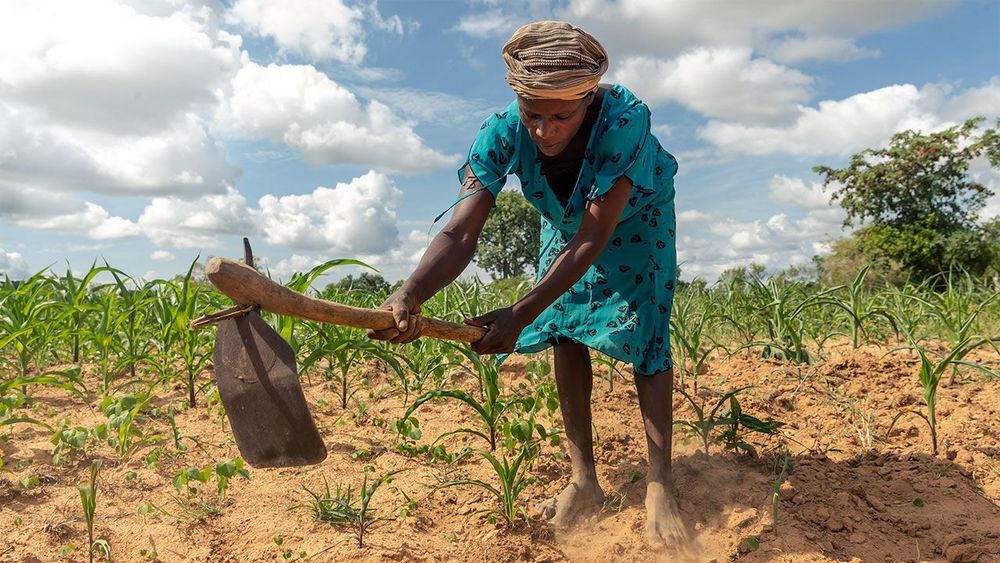This is possibly part of the reasons there flocks of giant locusts ravaging Africa. Rainy periods of time like the March Rain may serve to catalyse their reproduction and they appear right when its time to harvest crops June and July, when farmers are just starting to harvest.
(Kenya, Somalia, and southern Ethiopia have the right conditions with the possibility of migrations to Uganda and South Sudan.)
Every few years, natural swings in the ocean can lead to such a warming, drastically altering weather on land—and setting the stage for flooding rains in East Africa. But at the same time, a second ocean shift was brewing. An unusually cold pool of water threatened to park itself south of Madagascar, leading to equally extreme, but opposite, weather farther south on the continent: drought.
Researchers have harnessed climate patterns to forecast famines months in advance.
